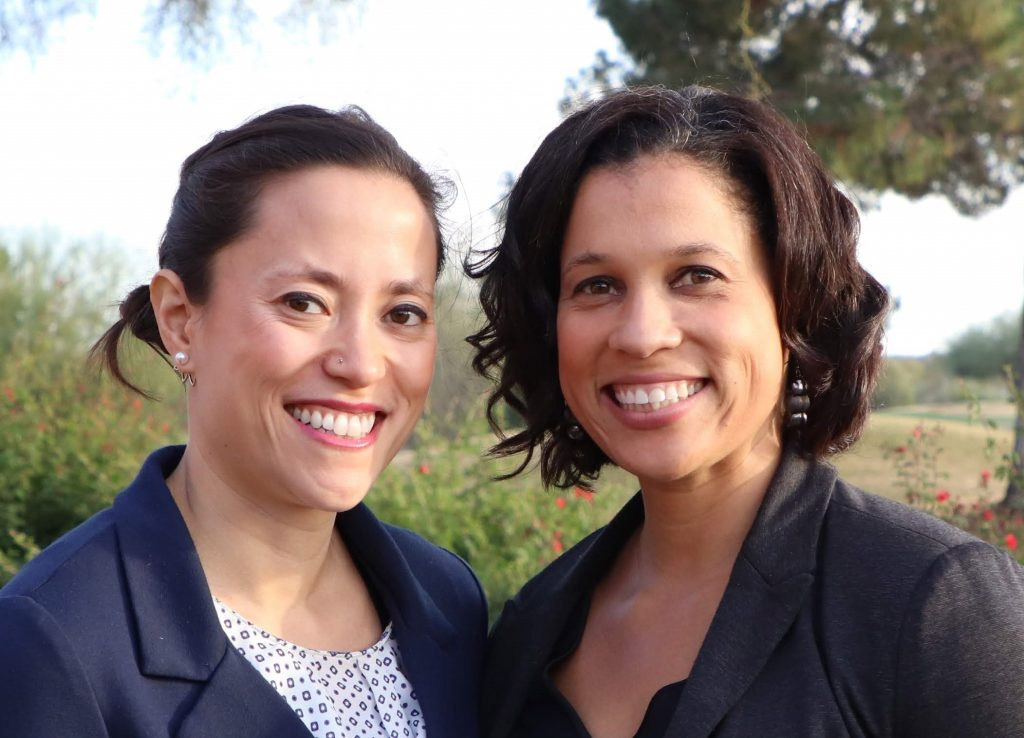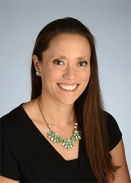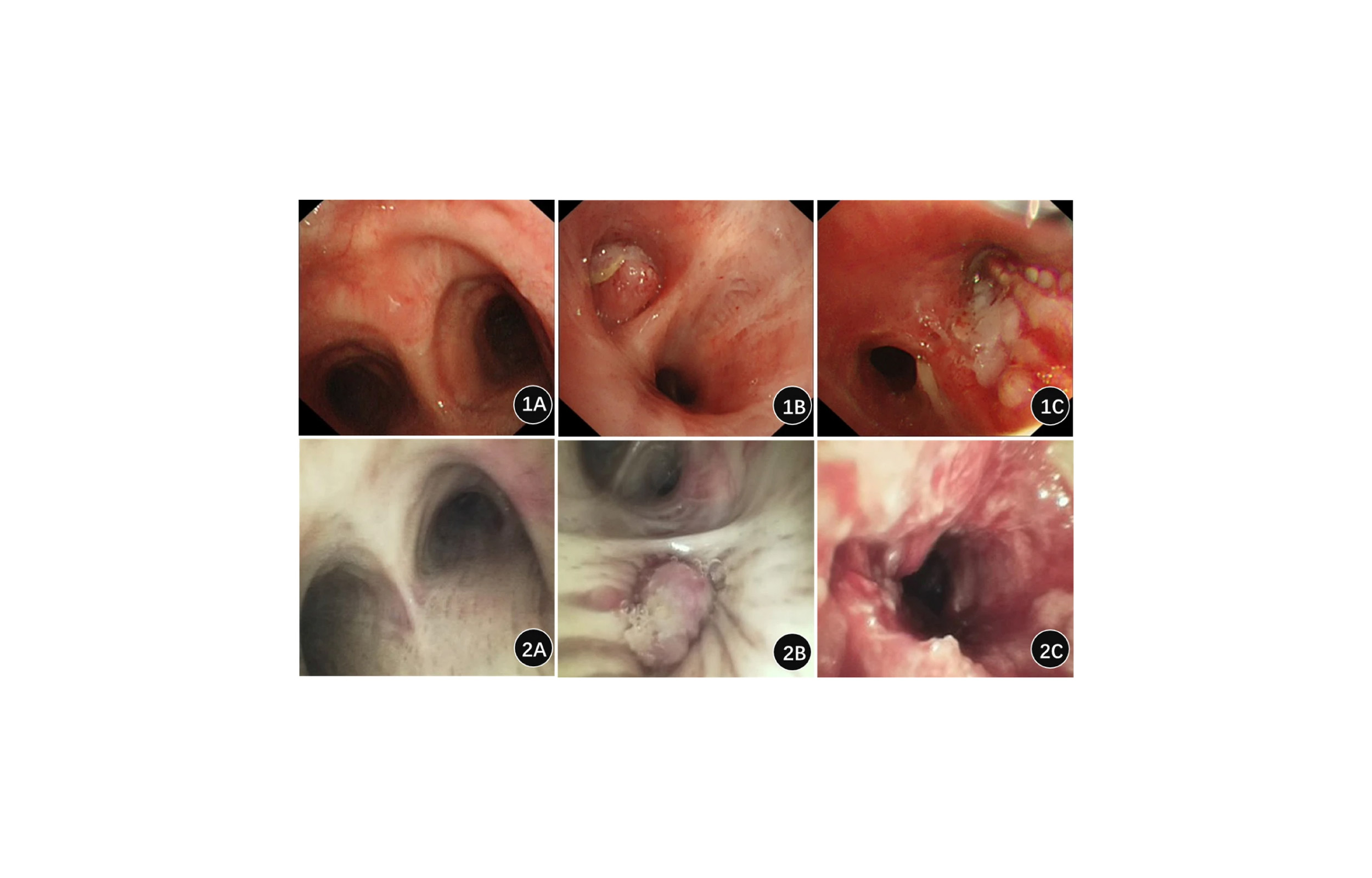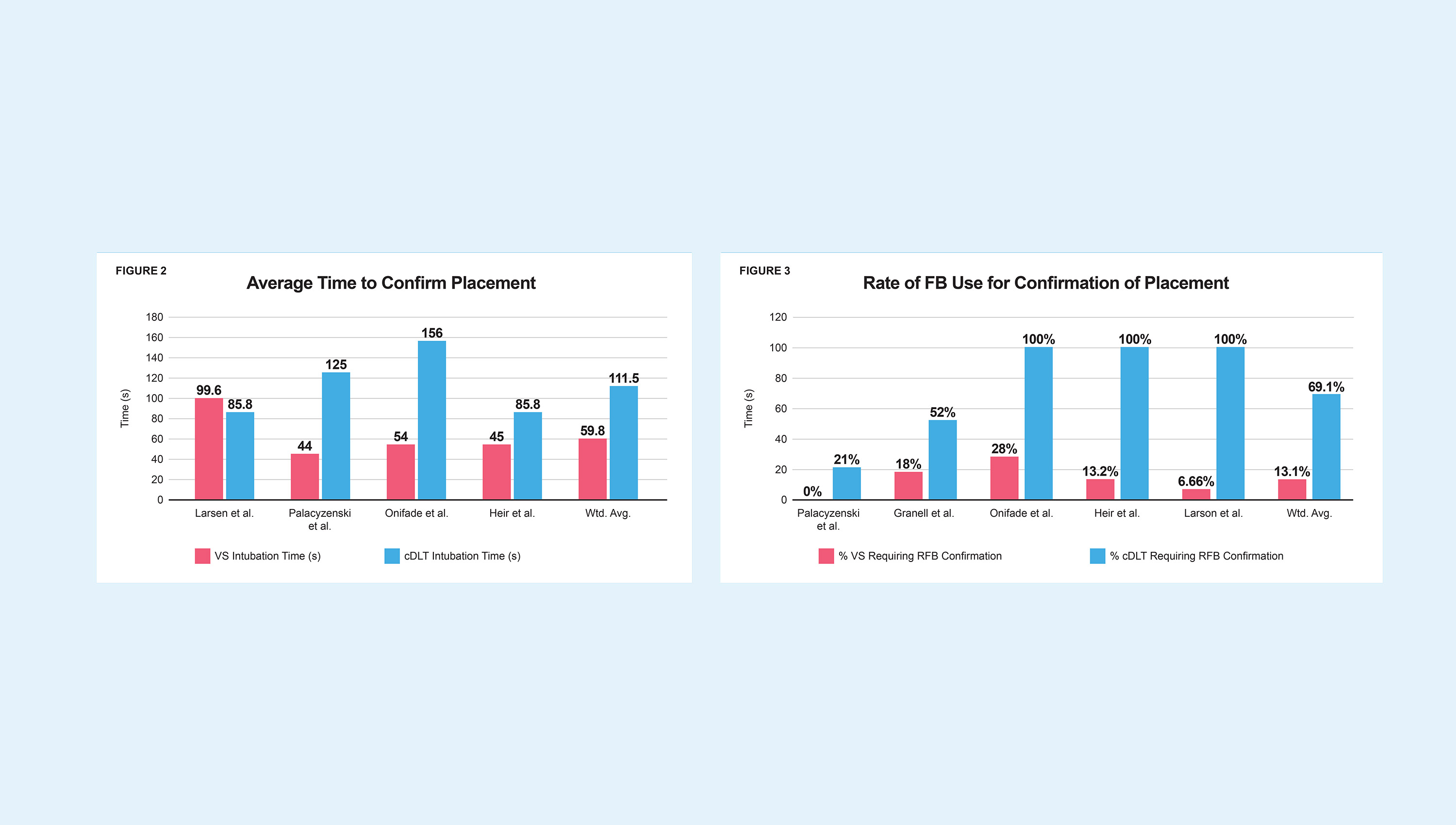
When Dr. Jennifer A. Villwock and her colleague Dr. Erynne A. Faucett launched the ENT podcast Rx: Fierce in 2019 with the support of a Women in Otolaryngology Endowment grant, they wanted to highlight stories of amazing women surgeons in otolaryngology that were often missing from the broader narrative due to the demographics of the field.
 “I think it has started some conversations and provided a platform for these stories and lessons,” says Villwock an associate professor of otolaryngology - head and neck surgery at the University of Kansas Medical Center.
“I think it has started some conversations and provided a platform for these stories and lessons,” says Villwock an associate professor of otolaryngology - head and neck surgery at the University of Kansas Medical Center.
“Having attended some formal career development programs, they were wonderful, educational, and the networking opportunities are fantastic,” she says. “But much of the content seemed like it could be delivered in a more open-access format.”
Not everyone has the financial and time resources to step away from their professional and life responsibilities for several days. So, enter Rx: Fierce.
In recognition of International Women’s Day, Single-Use Endoscopy asked Villwock to talk about women in otolaryngology and their unique challenges.
SUE: How do you decide who to mentor and what do you see as the most important lessons to teach?
Villwock: I view mentorship as a two-way street. Often my mentees see me as someone they gain insight and guidance from. However, I think I get as much, if not more, from my interactions with them, particularly in a research context. They often have great enthusiasm and creativity that allows us to design more innovative ways to approach problems. I think one of the most important lessons is to recognize that one person isn’t going to be the best mentor for you in every scenario. You almost need to construct a diverse advisory board for your life!
SUE: What are the biggest obstacles for women ENTs today?
Villwock: I think this varies by career stage and season of life. I remember one moment in residency that crystallizes that struggle for me. I came home, sat down on the couch next to my partner, and proceeded to talk about work, the notes I still needed to finish, how stressed I was. He turned to me and said, “If you’re just going to be at work while you’re at home, you might as well physically stay at work.” And he was exactly right. Much of the struggle can be always feeling the need to be somewhere else (at work = want to be at home, at home = can’t stop thinking or doing work- related things). Now that I have more control of my schedule, I try to organize my schedule and tasks such that when I am done with my work things, I can disconnect and fully be at home without guilt.
SUE: What is most challenging about balancing work and family?
Villwock: I am in academic medicine. There is always another grant, another manuscript to work on. I love to write, so working on these things is like a structured creative outlet that I actually enjoy. I have to actively remind myself that every moment I am actively choosing how I am showing up and for whom. I remember my daughter asking me when she was quite young and I was working on a grant at the kitchen table after dinner, “Momma, who do you love more, me or work?” Point taken. I recently asked the “work life balance” question, and how to achieve it, to one of my mentors. He literally told me, “Check your ego. You alone are not responsible for saving humanity. Turn your phone off. Take some deep breaths. Play with your children. Watch some ridiculous TV.” After so long in school and in training, it can feel ‘wrong’ to take a break or focus on other aspects of our life, but we need to!
SUE: Has the COVID-19 pandemic had a greater impact on women ENTs than men in the field due to responsibility for childcare and responsibility for remote learning? What has/can be done to alleviate the additional pressures?
Villwock: For many women in professional fields, I do believe that the pandemic has had a disproportionate impact on them. Research has shown an increased responsibility for childcare, household responsibilities, caring for other family members. Now there are even more moving pieces to orchestrate! I think one important thing is to normalize the struggle and give each other, and ourselves, more grace. We can only do our best and try again the next day. The systems we work within can also help recognize these issues. Ideas include things like onsite or subsidized childcare, altered promotion/tenure schedules, and extending early investigator status for grants (the NIH is already doing this).
SUE: With more women than men currently enrolled in medical school, why do you think there aren’t more women ENTs? (Based on American Medical Association data, women made up just 32.6 percent of the workforce of physicians in pulmonary disease and critical care in 2016) Does it matter? If so, why?
Villwock: It’s hard to know exactly why the diversity of ENT does not reflect that of the overall medical school demographics. I suspect it is both an exposure and accessibility issue. Many medical schools do not have ENT programs, making it difficult for students to get the exposure to the field necessary to decide if it’s a potential career path for them. Selection processes for residency may also contribute. ENT has a reputation for being highly competitive. I’m sure there are potentially superb otolaryngologists who choose not to pursue the field, or are actively discouraged from it by others, because of this. As it is often said, “It is hard to be what you can’t see.” We can say we value diversity and equity, but if a stroll through our hallways argues otherwise, a different message will ultimately be received. Numerous national organizations, including the AAO-HNS, are actively and thoughtfully working to improve these areas.


